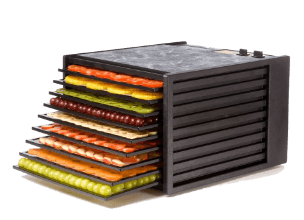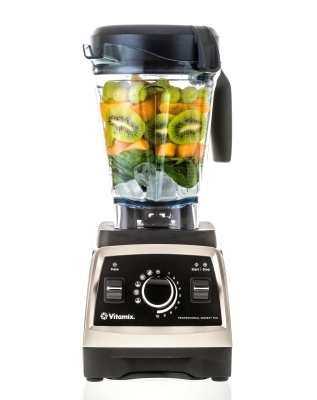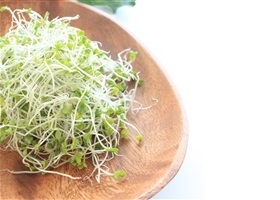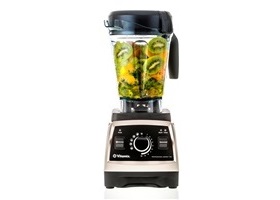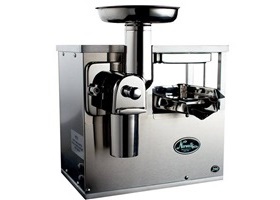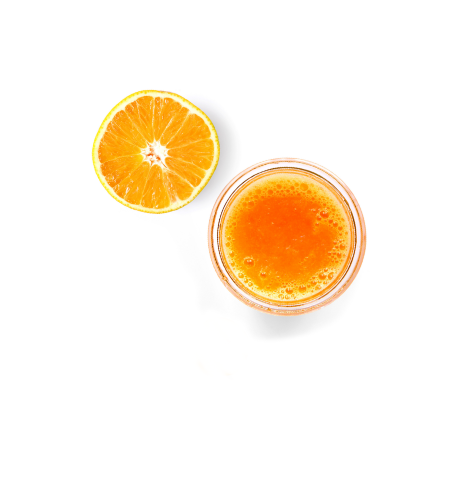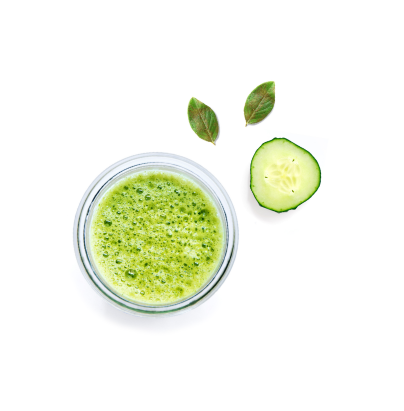Why Not Try A REAL Smoothie?
Are Branded Smoothie Products Really That Healthy?
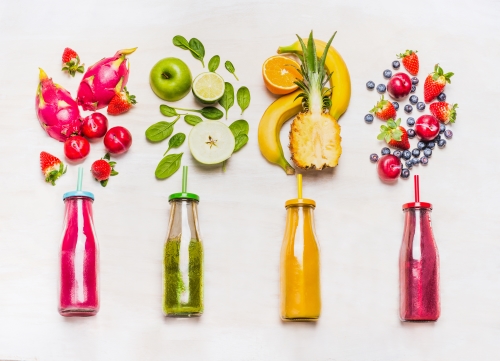
The original concept of a real smoothie is simple, it’s a blended health drink. Originally popularised in the USA, there is no specific definition for this type of drink but most of us know it as a thick, smooth fruit-based drink, often made with frozen fruit and/or ice. Raw Fooders have developed fruit smoothies to incorporate vegetables too, giving rise to the popularity of ‘green smoothies’.
Many smaller independent juice bars in the high street are health-focused and offer a first class freshly prepared natural product. Superfoods and boosters such as wheatgrass, spirulina, or other wellness shots are often available in good juice bars as extras to add a little kick to the smoothie menu. If you are lucky enough to have a local juice bar like this nearby it’s great to support it. If however your main contact with smoothies is in the bottled or carton form from the supermarket, you may be missing out on the superb flavour and abundant natural goodness that’s found in the freshly prepared version.
What is a Smoothie Maker?
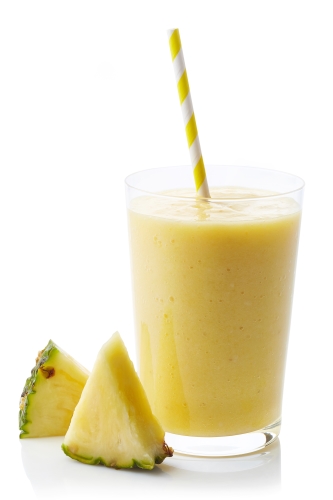
Without doubt, the best way to try a delicious fresh smoothie is to make it yourself at home using fresh ingredients. First of all lets clear up a slight confusion that’s been created by some manufacturers. A smoothie maker is a blender and a blender is a smoothie maker. These kitchen appliances always used to be just known as blenders until some bright spark in a marketing department had the idea of calling them ‘smoothie makers’ and targeting consumers who want to make smoothies. The decision to call a blender a smoothie maker has created the impression that they are two different types of machines. Putting a tap on the jug of a blender doesn’t turn it into some new kind of kitchen appliance either, Mr Kenwood! In fact blender jugs with taps are particularly inconvenient when it comes to cleaning and they offer no real advantage over using a blender jug to do what it was designed for – pouring things! As a rule of thumb, most products being marketed as ‘smoothie makers’ by large manufacturers are not much good in any case. Health enthusiasts who want to make a variety of smoothies with different ingredients on a daily basis will generally need something that is a bit more powerful and more reliable than a cheap and shiny ‘smoothie maker’.
Making a smoothie at home is as simple as throwing some ingredients in a jug and pushing a button. It takes seconds to blend a jug full of fresh fruit and juice, at a fraction of the cost of high street products. The results are delicious and teeming with vital nutrients. Some people use frozen fruit chunks that they have prepared earlier, some use fresh fruit and ice. You can add yoghurt for a creamy, tangy result or experiment with various other healthy ingredients to customise the health benefits. To start you need a good blender…….or a smoothie maker! If you want one that will give good service and deal with frozen ingredients, steer clear of the lower priced models at big electrical outlets. Blending ice is a demanding task, so be prepared to buy a better blender. Some health enthusiasts who place a lot of demands on their kitchen equipment will pay hundreds for a commercial grade blender like the Vitamix. These are the luxury models that return many years of powerful service but you don’t have to break the bank to create your own smoothie bar at home.
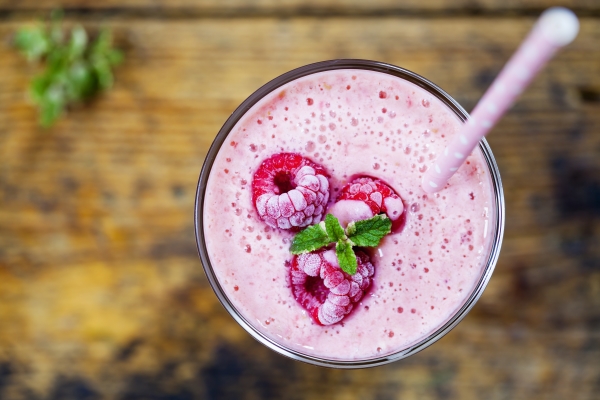
One of the best things about owning a good quality blender for making your own smoothies is the huge variety of recipes you will gain access to. It’s useful to have a book like ‘200 Juices and Smoothies’ if you want lots of recipe ideas but you really can’t go far wrong making it up as you go along. Another huge advantage of home made smoothies is that you know your ingredients are natural and fresh. You make it fresh and drink it fresh, ensuring maximum nutritional content. Fruit for smoothies is always best if it is nice and ripe, so another advantage is that you can check out your local market late in the afternoon or explore the ‘reduced’ shelf at your supermarket for bargains on ripe fruit which you can then freeze in smoothie portions for later use. You can experiment with adding various health boosters to your smoothies such as spirulina, wheatgrass, EFA oils and more. With a powerful blender you can even pulverise healthy dry ingredients like flax or cacao for adding to your smoothie recipes. For most fruit based smoothies, or even for the raw fooders favourite ‘green smoothies’ which use leafy green vegetables, using fresh juice as the liquid base ingredient in a smoothie recipe adds in even more nutrients. Freshly extracted orange, apple or pear juice are all good juices to use as a base for smoothies.
Which Blender Is Best For Smoothies?
All our blenders are good for most smoothie recipes and they are all powerful enough to crush ice and puree frozen ingredients. Dualit and Sage are trusted brands from the quality end of the mass market. The Tribest Personal Blender is great for the single person or as a travel blender giving access to smoothies while on the move and
it comes with some handy storage cups. For Raw Food afficionados who place greater demands on their blender it is necessary to think in terms of the more powerful commercial grade models as these are the only ones that will give the exceptional results that raw fooders demand with green vegetable smoothies, raw vegetable soups and nut and seed milks. Commercial grade blending power is necessary to achieve thorough breakdown of tougher ingredients and get completely smooth results. If you want to know more about any of our smoothie makers or if you need any help with your choices please don’t hesitate to contact us. There are also a few smoothie recipes to get you started in our recipes section.

 Register / Login
Register / Login 





